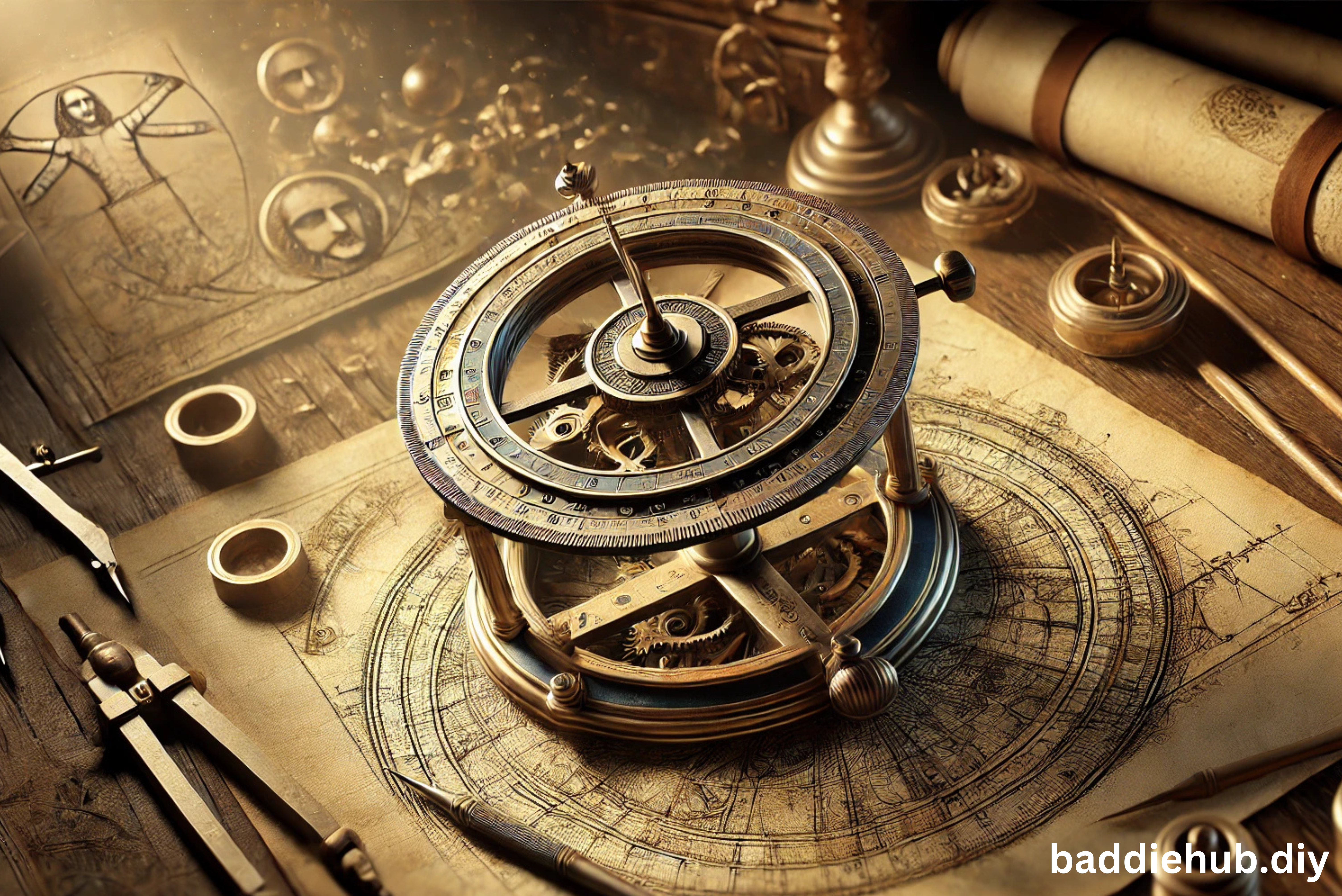Introduction To bussola to measure angles within a circle leonardo da vinci
Leonardo da Vinci—an iconic name that resonates with genius. Known for his remarkable contributions to both art and science, da Vinci’s work continues to intrigue and inspire us centuries later. Among his numerous inventions and sketches, one fascinating tool often overlooked is the bussola to measure angles within a circle leonardo da vinci. This invention beautifully illustrates how his artistic intuition intertwined with his engineering prowess. But what is a bussola, and why does it hold such significance?
This article dives deep into the story of Leonardo da Vinci’s bussola, exploring its purpose, design, and impact on art and science. Let’s unravel the brilliance of this tool and the mind behind it.
What is a Bussola?
The bussola is an instrument designed to measure angles within a circle. At first glance, it might seem like a simple compass or protractor, but its design and utility extend far beyond. The term bussola to measure angles within a circle leonardo da vinci comes from the Italian word for compass, yet it’s tailored for precision measurements crucial in engineering and art. Leonardo’s version of the bussola epitomized innovation, combining functionality with elegance.
- The Role of Angles in Engineering
Imagine constructing a cathedral or designing a bridge without precise measurements—a nightmare, right? Angles are the backbone of engineering. They ensure stability, symmetry, and functionality. Instruments like the bussola were invaluable during the Renaissance, where monumental architectural feats demanded utmost precision.
Leonardo da Vinci: A Multifaceted Genius
Leonardo wasn’t just an artist; he was a scientist, engineer, and inventor. His insatiable curiosity pushed him to explore the intricacies of the natural world and apply those insights practically. From designing flying machines to anatomical studies, his notebooks were a treasure trove of ideas, including the bussola.
Origins of the Bussola
Da Vinci’s sketches of the bussola emerged during a time when tools for measurement were evolving. Inspired by ancient Greek and Roman instruments, he refined the concept to suit the needs of Renaissance innovators. His designs were not just functional but also a testament to his artistic sensibilities.
How Does a Bussola Work?
The bussola comprises:
- A circular base
- Rotating arms or pointers
- Marked gradations for angle measurement
By aligning the pointers with specific points on the circle, one could measure or replicate angles with precision. Think of it as a sophisticated protractor, enhanced for detailed applications.
Applications of the Bussola
Leonardo’s bussola wasn’t limited to one field. Its versatility made it valuable for:
- Architecture: Ensuring precise angles in building designs
- Art: Aiding in perspective drawing
- Astronomy: Measuring celestial movements
- Military Engineering: Designing fortifications
Da Vinci’s Artistic Influence
Art and engineering were two sides of the same coin for Leonardo. His understanding of geometry and perspective was unparalleled. The bussola likely played a role in perfecting the proportions and angles in his masterpieces, like “The Last Supper.”
The Science Behind the Bussola
The genius of the bussola lies in its simplicity and precision. By dividing a circle into equal parts and measuring the angles between them, da Vinci demonstrated an understanding of trigonometry and geometry that was ahead of his time.
Impact on Modern Engineering Tools
While the bussola itself might not be in use today, its principles live on in modern instruments like theodolites and goniometers. These tools owe their precision and utility to foundational designs like da Vinci’s.
Preservation of Da Vinci’s Designs
Many of Leonardo’s designs, including the bussola, exist only as sketches. Museums and historians have worked tirelessly to preserve and reconstruct these artifacts, allowing us to glimpse the genius of the Renaissance.
Lessons from Da Vinci’s Bussola
What can we learn from the bussola? It’s a reminder that creativity and practicality can coexist. Da Vinci’s work encourages us to think outside the box and approach problems with a blend of imagination and logic.
FAQs About the Bussola
- What is a bussola used for?
A bussola measures angles within a circle and was used in fields like architecture, art, and astronomy during da Vinci’s time.
- How did da Vinci’s bussola differ from modern tools?
Da Vinci’s bussola was a manual, precision-based tool, unlike today’s digital instruments that leverage advanced technology.
- Where can I see Leonardo’s designs of the bussola?
Many of his sketches are preserved in museums, such as the British Library and the Codex Atlanticus collection in Milan.
- Did Leonardo invent the bussola?
While he didn’t invent the concept of angle-measuring tools, he refined and innovated its design, making it uniquely his.
- Why is the bussola significant?
It symbolizes the intersection of art and science, showcasing da Vinci’s ability to blend creativity with practicality.
Conclusion
The story of the bussola to measure angles within a circle highlights Leonardo da Vinci’s unparalleled genius. It’s more than a tool; it’s a testament to the timeless relevance of innovation and creativity. By merging art with engineering, da Vinci left an indelible mark on history, inspiring generations to think, create, and explore. Isn’t it incredible how one instrument can tell such a rich tale of human ingenuity?





